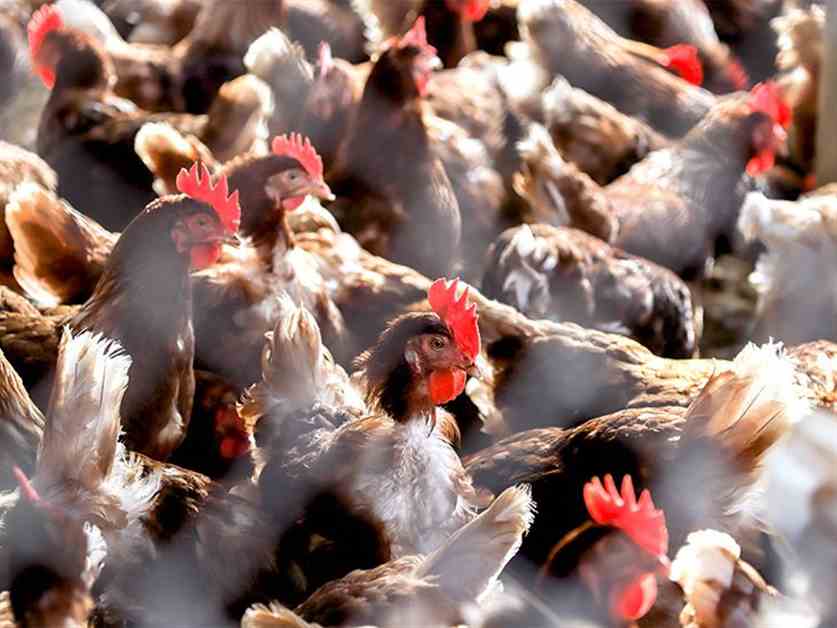The World Health Organization has confirmed that a 59-year-old man in Mexico who contracted the H5N2 bird flu variant has passed away. This marks the first known case of a human being infected with this strain of the virus. The man, who was a resident of the State of Mexico, was hospitalized in Mexico City with symptoms including fever, shortness of breath, diarrhea, nausea, and general discomfort before his death.
It is essential to note that the risk of the A(H5N2) virus spreading to the general population in Mexico is considered low. Despite the man having no known history of exposure to poultry or other animals, the virus has been detected in poultry flocks in Mexico earlier this year. The World Health Organization is working to determine if this case is related to recent poultry outbreaks in the country.
In the United States, the A(H5N1) avian flu virus has been reported among dairy cattle herds in multiple states, leading to concerns about potential transmission to humans. While there have been cases of the virus infecting domestic cats and even house mice, the Centers for Disease Control and Prevention have not identified any instances of person-to-person transmission related to exposure to infected animals.
Experts emphasize the importance of maintaining strong public health surveillance and response systems to prevent the spread of emerging infections like avian influenza viruses. While the risk of these viruses circulating among humans is currently low, individuals who work closely with birds and animals are advised to take precautions such as using protective equipment and practicing proper hygiene.
To prevent the spread of influenza and other respiratory illnesses, it is recommended that individuals wash their hands regularly, receive seasonal flu vaccines, stay home when sick, and seek medical attention when necessary. By following these guidelines and staying informed about potential outbreaks, the general public can help reduce the risk of exposure to avian flu viruses and other infectious diseases.




